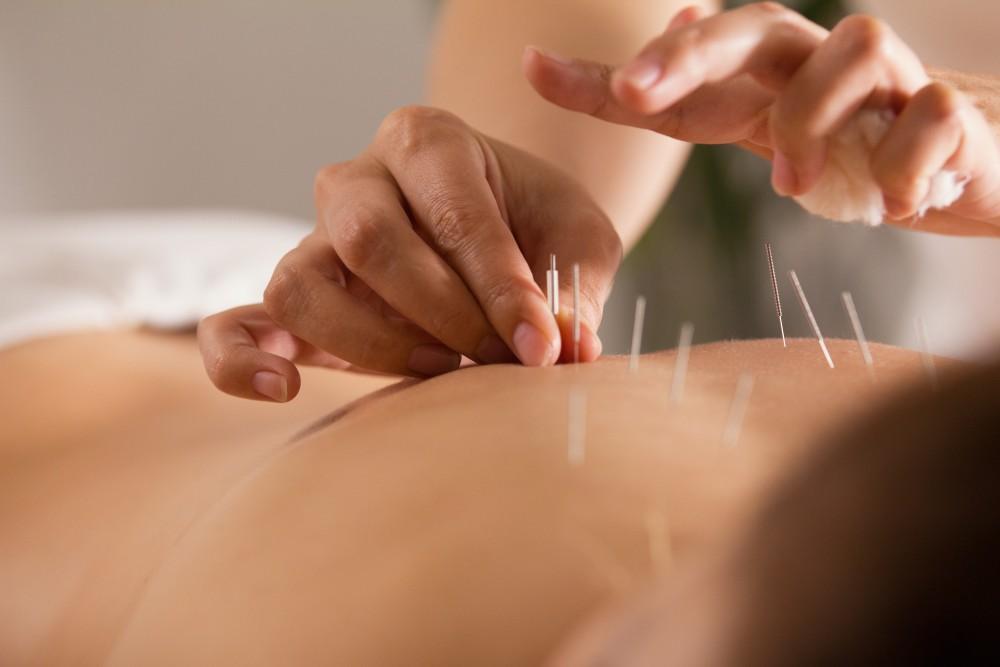
4 Common Sports Injuries and How to Treat Them

Along with the fun and excitement of playing sports, there are a few drawbacks, like sore and aching muscles. There are also sports injuries that can keep you on the sidelines.
The good news is that you can treat many sports injuries with rest and home care. That doesn’t apply to significant injuries, like those involving broken bones or lacerations, but your body’s own healing ability is the most effective way to recover from many musculoskeletal injuries with a little help from you.
When home care isn’t enough, our team at Herald Square Chiropractic and Sport, located in New York, New York, is standing by to help your recovery. We can add professional-level therapy to assist your body’s self-repair and help you get back into game shape. In the meantime, we’ve prepared a quick primer of four common sports injury groups with suggestions for self-care.
Self-care tips
For overexerted or sore muscles, utilize a hot shower. Over-the-counter pain medications, including topical creams and gels, can also help you get through the after-game time when your body conducts repairs on the many micro-tears to ligaments, muscles, and tendons bearing the brunt of your exertions. Resting and extra sleep also aid the process.
Exertion, though, is the normal cost of playing sports, the result of the exercise components in the game. These aren’t injuries, they’re by-products of your workout. When sports injuries occur, we’re often looking at problems with the joints.
Feet and ankles
Almost every sport counts on a strong and flexible response from your feet and ankles. One of the most common sports injuries is the ankle sprain, where your foot rolls over its outside edge, stretching the outer stabilizing ligaments. Significant sprains require medical attention, but you can address mild and moderate sprains yourself with rest, ice, and elevation.
Knees
The knee is a complex joint. Serious injuries requiring medical care include things like meniscus and ACL tears. The knee also experiences repetitive strain injuries due to overuse or poor mechanics. These respond well to rest and home care.
Elbows
Another hinge joint, the elbow is a common spot for sports-related repetitive strain ailments like golfers and tennis elbow. The mechanics of sports often irritate and inflame this joint. You can address many of these issues at home.
Shoulders
Shoulder joints are complex, using three bones and an enclosure of soft tissue called the rotator cuff. Tendinitis and mild tears respond well to self-care.
RICE: the home care standard
Treating sports injuries at home follows a protocol described by the acronym RICE.
- Rest: stop activity that causes or aggravates the injury
- Ice: use cold compresses for 15 minutes every few hours for 48 hours after injury
- Compress: use an elastic bandage to snugly wrap the injured joint to manage swelling
- Elevation: raise the injury above heart level when possible to relieve pain and swelling
Sports injuries treated with RICE methods should display a steady improvement in the days and weeks after the event. If there’s no relief from the pain or if symptoms get worse, your injury needs medical attention.
Visit Herald Square Chiropractic and Sport if your recovery lags behind expectations. You can reach us online or by phone. We’re standing by to help you, so book today.
You Might Also Enjoy...


Why Is the Gonstead System Considered the "Gold Standard"?

Why Is Ergonomics Important?

5 Ways to Relieve Your Chronic Joint Pain

What to Do if You're Concerned About Physical Therapy Pain


